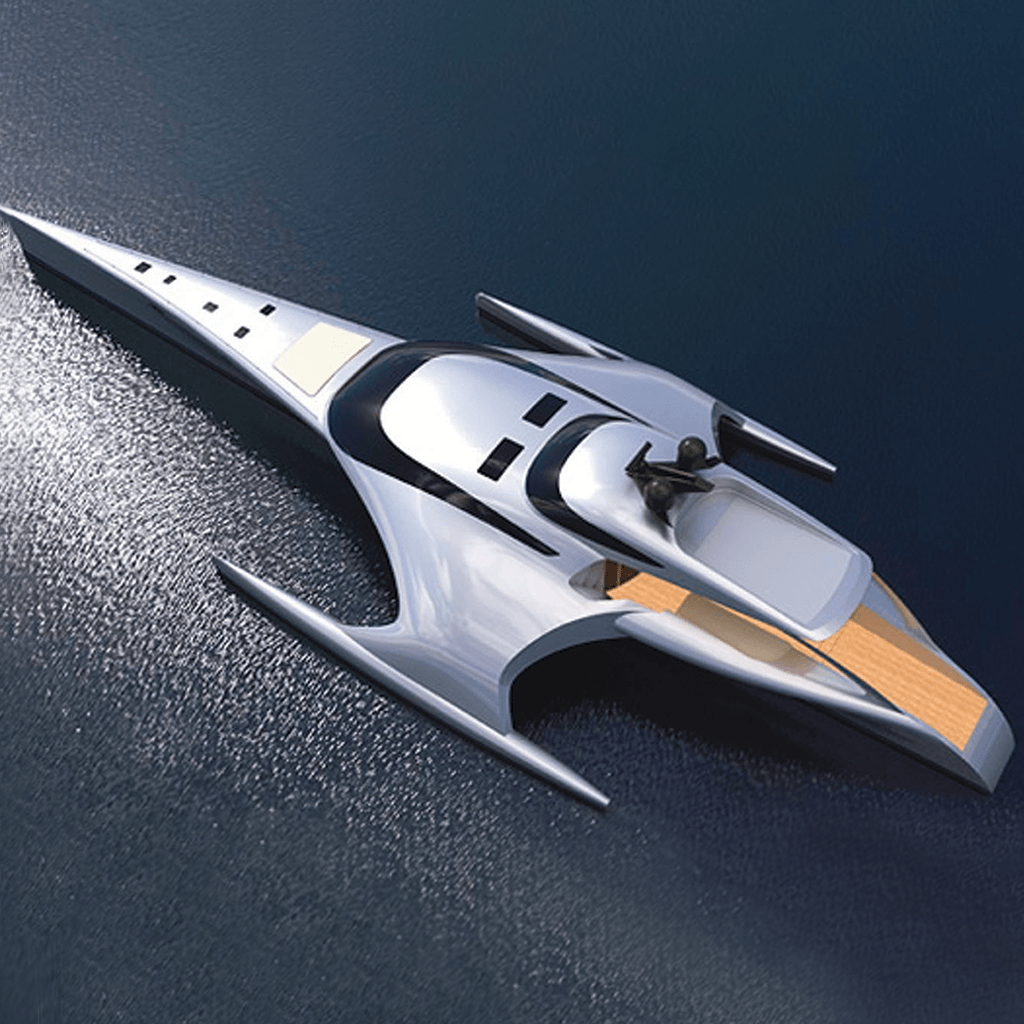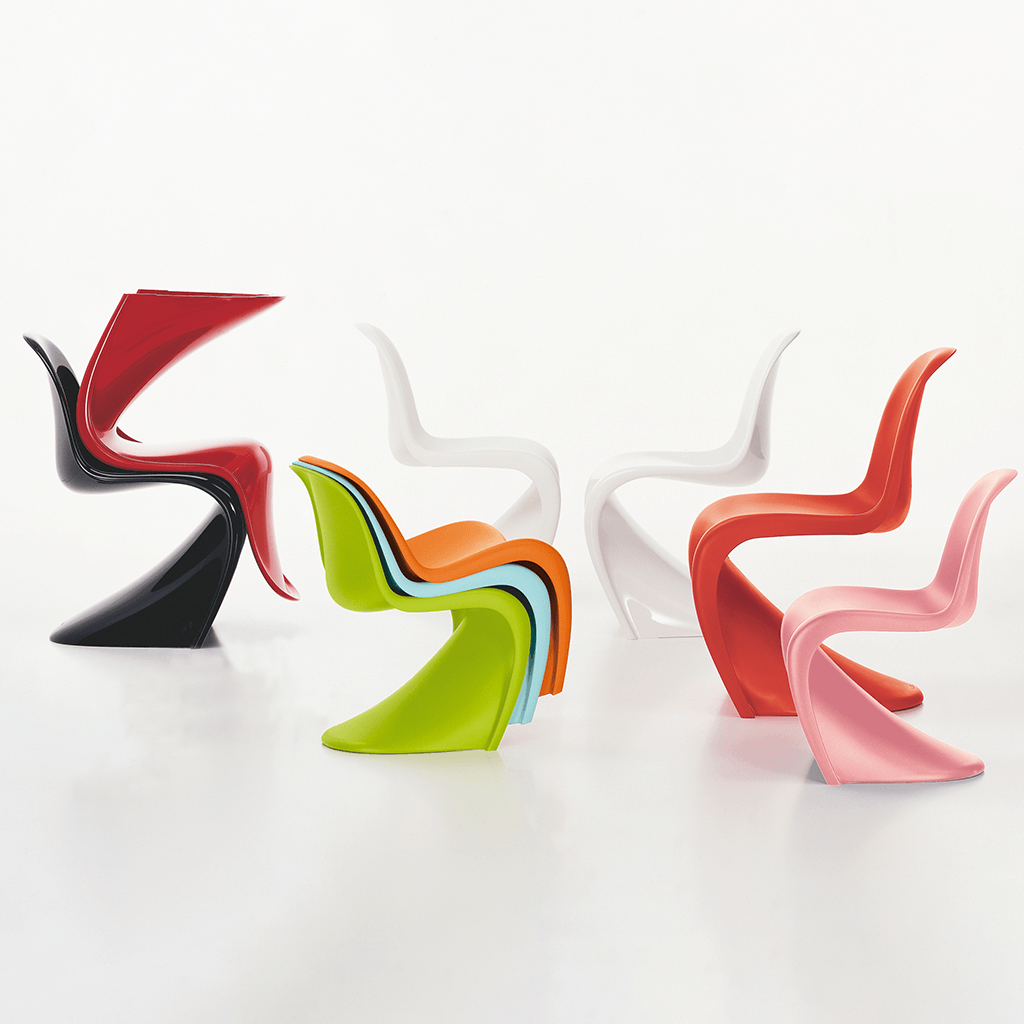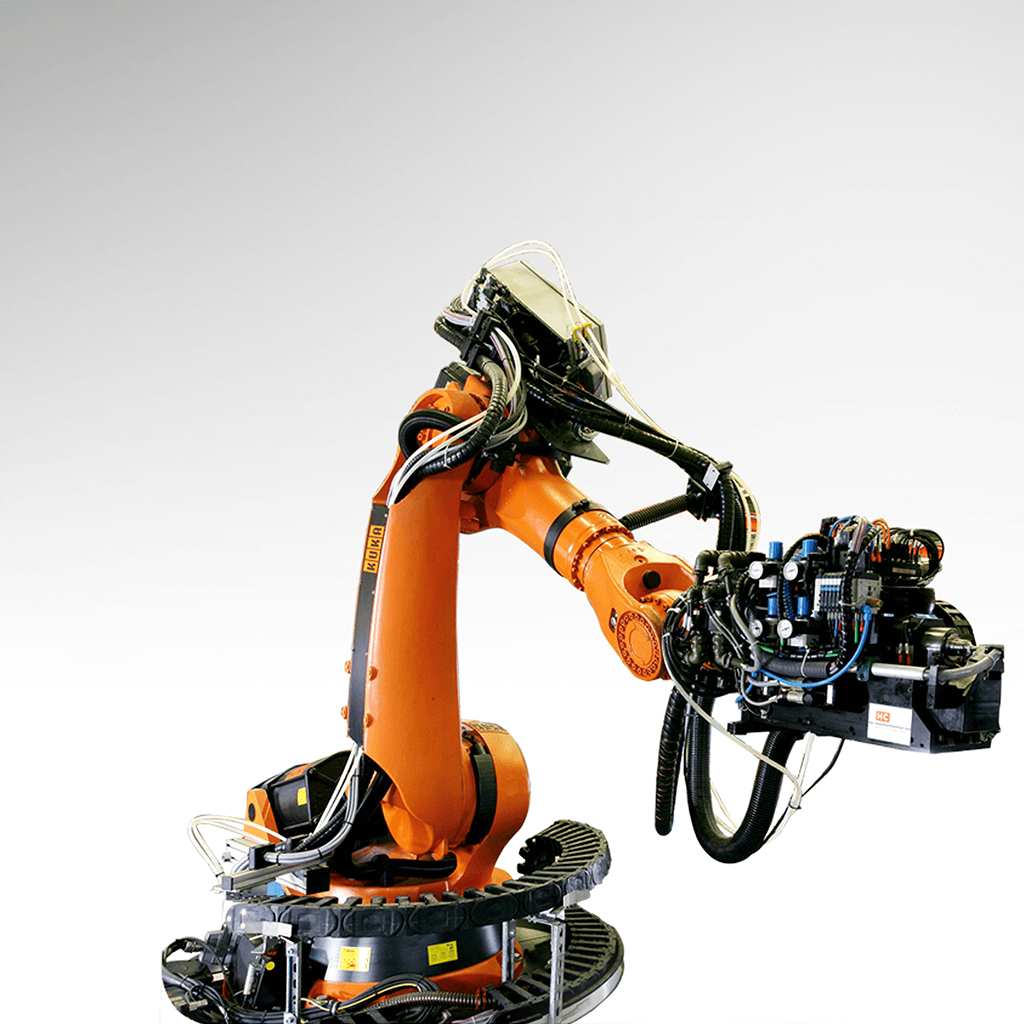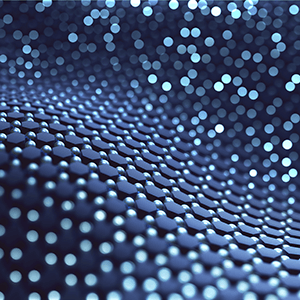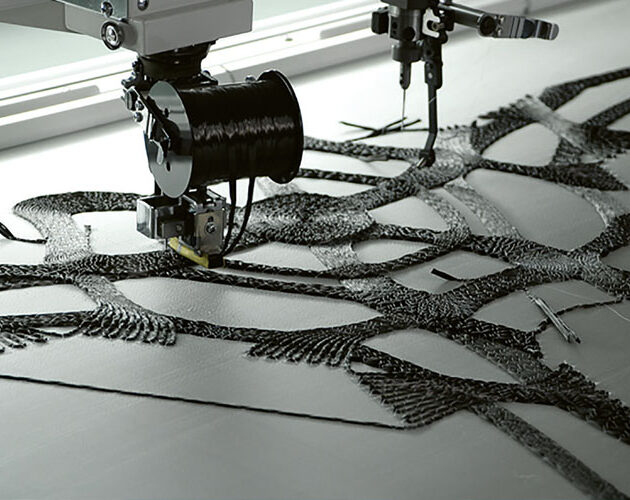Cost-efficient carbon fibre wheel arises as a real alternative to aluminium
Polish-German wheel manufacturer Fibratech is on the good way to achieve the cost-efficient manufacturing of carbon fibre wheels for electric vehicles, and to deliver a real mass-production alternative to aluminium technologies. Becoming the supplier for one of the biggest Tier 1 wheel suppliers, the holy grail in the automotive sector is close within reach. This article has been published in the JEC Composites Magazine N°153.

Since the early 1960s, when forged aluminium wheels were introduced in passenger vehicles, there has been no major weight reduction in that sector. It is already a common knowledge that composite material offer the highest potential for further wheel weight reduction. Moreover, there were only a few companies that had already developed safe (tested) rims using autoclave or even RTM technologies.
Why do we not see CFRP wheels in the streets? The answer is very simple and pragmatic: because of the price. Unfortunately, current carbon fibre wheel manufacturers cannot significantly reduce their product sales price because their production costs are high, at approximately €950 per unit (Figure 1). Of course, some margin and machine depreciations should be taken into account before determining the final price. When the product is relatively costly (especially compared to aluminium solutions), it ends up on the top of the “hierarchy of needs”. This means high price and low volumes.

Wheel cost components at the heart of Fibratech technology
Fibratech was founded in 2017 by two engineers previously from Airbus Group, Michael Sobolewski and Claus Georg Bayreuther. They defined a high-minded goal to develop a carbon fibre wheel technology that would be accessible to every car user. Underlining the uniqueness of this challenge, the company offers the balance between wheel weight and cost. To achieve this, the startup had to focus on the main two cost components of the rim: material and labour costs.
Material costs
The first cost component includes the sandwich foam, the resin system and the carbon fibre material. After several tests, Fibratech decided to use Rohacell as the only material that can sustain demanding injection and thermal processing conditions (during RTM injection and usage). To reduce the material costs, the team developed a special technology based on slicing and contouring a large block of raw Evonik foam. This approach facilitates cost reduction but also provides wheel design freedom (ensuring the use of a higher foam volume) (Figure 2).

For applications with less demanding thermal and strength requirements (but still having to sustain very hard wheel usage conditions), Fibratech uses a new type of Evonik material called Rohacryl. This material can be used in mass transportation or commercial vehicles including cargo vehicles and delivery trucks such as electric vans, etc.
Regarding the epoxy resin system, the wheel is a highly thermally demanding component that has to survive temperatures up to 200°C. Such temperatures can appear during rapid braking of the vehicle, which generates high braking disc temperatures due to friction. Fibratech prepared their own recipe based on Evonik and Kaneka Japan subcomponents, which offers the required ultimate strength, fatigue and impact behaviour (significant for this type of suspension element). This unique epoxy system offers high mechanical and thermal properties. A further potential reduction in the cost of carbon fibre may be possible in relation to the production scale.
Labour costs
Labour costs are the next crucial component, that can be split into the following stages:
• carbon fibre preforming;
• finishing and coating.
As wheel shapes are often quite sophisticated, Fibratech focused on aerodynamic shapes that are difficult to manufacture with cast aluminium technologies and further reduce energy consumption due to a positive airflow impact (Figure 3).

The preforming stage of the Fibratech technology uses unique, easy-to-automatise processes including:
• vibration stamping for woven materials that have to follow the mould shape;
• winding for the wheel barrel region;
• knitting;
• embroidering;
• tailored fibre placement.
The last three technologies come from non-composite sectors. The textile industry is highly automatised, with many fast and repeatable solutions that Fibratech used to make the wheels lighter in a more autonomous manner (Figure 4).

After the resin injection and mould-release steps, the wheel has to be finished by simple CNC machining (Figure 5).

During the last manufacturing step of the carbon fibre wheel, Fibratech uses a coating method based on powder coating technology (Figure 6). Thanks to a collaboration with Farco (a supplier of coatings for aluminium wheels), the layers have a constant thickness, with no need for a demanding surface preparation.

Cost-efficiency and an outstanding level of safety
The above-mentioned technologies enabled Fibratech to drastically reduce the manufacturing costs of CFRP wheels to approximately €600 per wheel, i.e. approximately 37% of cost reduction (Figure 7). Cost reduction is not the sole advantage of the Fibratech technology. For its founders, trained with aerospace roots, it was extremely important to create a product and production technology that would improve transport safety. Through a 5-year cooperation with TÜV SÜD in Munich, Fibratech conducted a full testing campaign for plastic wheels, demonstrating their high level of safety and durability in everyday use.

Outlook
Carbon fibre wheels offer well-known benefits to car users, such as:
• drastic weight reduction;
• significantly reduced moment of inertia;
• much lower energy consumption;
• increased travel range;
• shorter braking distance;
• improved vehicle performance;
• high damping coefficient lowering the noise level.
Based on these advantages, the Fibratech team plans to ensure that the use of carbon fibre wheel technology becomes widespread in our daily life. The company would like to redefine the common image of the CFRP wheel customer, who does not have to be solely a supercar or motorsport user. The wheel, as a concept, is a very important part of our civilisation going back to the Roman Empire. Taking the wave of the current electrification era, Fibratech aims to offer to the average car user what they deserve: much better, easier, safer and more comfortable transportation, ensured by cost-efficient carbon fibre wheels.
Want to read more articles?
Subscribe for free now and access to the JEC Composites Magazine N°153.
Available in print, digital and via the mobile application.



